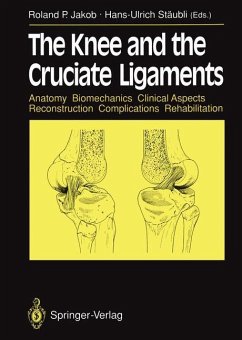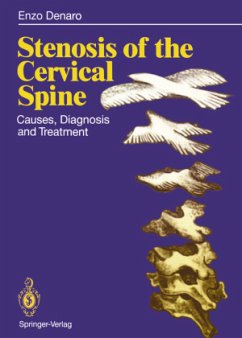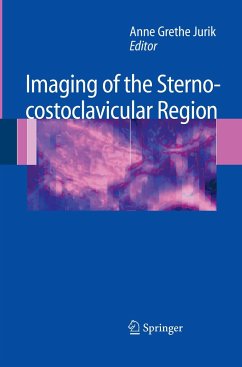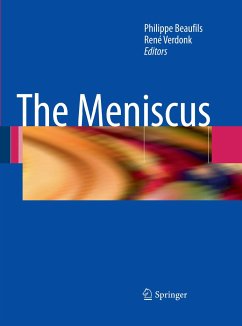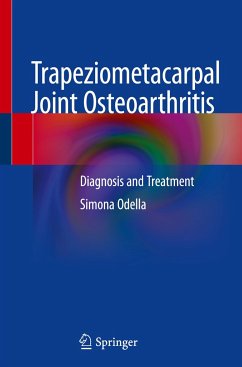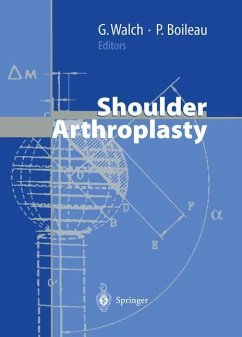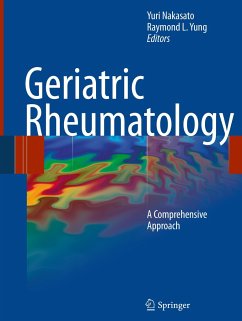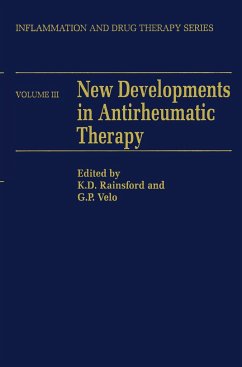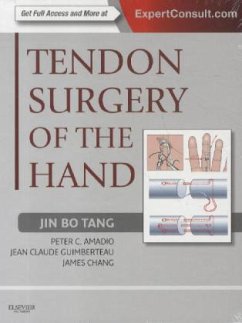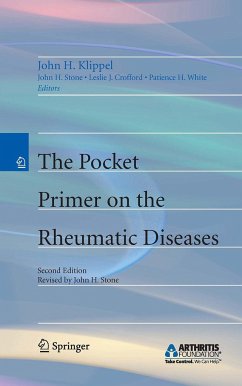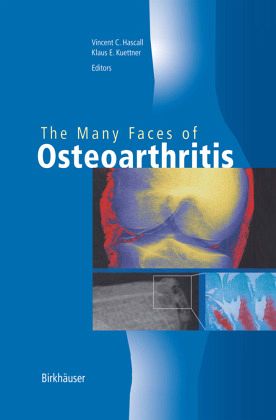
The Many Faces of Osteoarthritis

PAYBACK Punkte
57 °P sammeln!
Osteoarthritis is the most common joint pathology which primarilyaffects the older population. The disease is characterized by uniquepathological changes in some synovial joints, predominantly affectingthe articular cartilage, but also entire joints, including the synovialtissue and subchondral bone.The remarkable growth of research on normal and abnormal biology oftissues in the articulating joint, including the application of novelmolecular biological approaches and new imaging techniques, is reflectedin this volume. It describes the current state of knowledge and helps tofurther understand ...
Osteoarthritis is the most common joint pathology which primarilyaffects the older population. The disease is characterized by uniquepathological changes in some synovial joints, predominantly affectingthe articular cartilage, but also entire joints, including the synovialtissue and subchondral bone.The remarkable growth of research on normal and abnormal biology oftissues in the articulating joint, including the application of novelmolecular biological approaches and new imaging techniques, is reflectedin this volume. It describes the current state of knowledge and helps tofurther understand the etiopathology of osteoarthritis, hopefullyleading to early detection of the disease and novel treatmentmodalities. The volume contains contributions and discussions from aselect group of investigators, all experts in this field, who met at theconference "The Many Faces of Osteoarthritis", held in June 2001 at LakeTahoe, to acknowledge Klaus E. Kuettner and his contributions toosteoarthritis...





